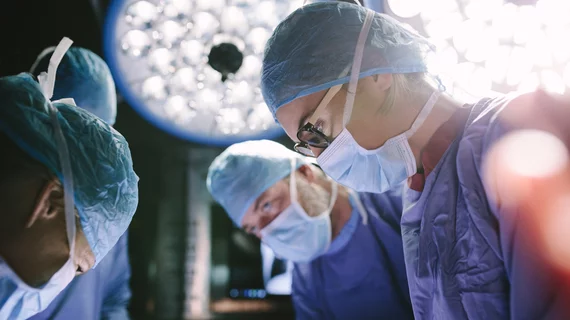Minnesota cardiologist first in world to complete structural heart procedure with 4D holograms
Specialists at CentraCare Heart & Vascular Center in St. Cloud, Minnesota, have completed what is believed to be the world’s first structural heart procedure to utilize 4D hologram technology.
Interventional cardiologist Jacob Dutcher, MD, director of the center’s structural heart program, performed a Watchman implant on a patient with atrial fibrillation using EchoPixel’s True3D software. The software provides users with a “mixed reality” environment, allowing them to move and interact with certain parts of the body as if they were physically there.
“As one of the world’s largest Watchman implanting sites, we are always looking for new ways to advance and improve patient care, and are proud to be the first center in the world to offer this novel imaging technology,” Dutcher said in a prepared statement.
“Dr. Dutcher has been very influential in the development and evolution of our HTG technology,” added Sergio Aguirre, CEO of EchoPixel. “Having him on board has helped us hone our device and approach as we draw on his vast experience with this procedure. We are looking forward to continuing to work with him and CentraCare to adapt our software to other structural heart procedures, providing an even greater benefit to patients.”

